Don Ellis
Member
It’s official… if you’re shooting JPG with your DP2, you might as well donate it to the Salvation Army and invest in a pair of mediocre cameras for the same price.
I’m not in the business of doing photo tests, especially since I shoot RAW on every camera I have that does RAW… which is all of them. But I have heard some people say they thought JPG was pretty good, so today at lunch I took a few photos.
I’ll post two images for now, but I’ve taken others that show the difference between RAW and JPG is substantial – and lead me to the conclusion that if you bought a DP2 for image quality, you need to be shooting RAW.
Click on these images to download JPGs saved at 90% quality. The best way to do a comparison is to layer the JPG on top of the RAW in Photoshop (or any program that supports layers). Then click the top layer on and off to see the difference as you move around the image.
How I processed: I converted the RAWs to TIFs using Auto in SSP 3.5. Then I brought both TIF and JPG into Photoshop CS4 and hit Auto-Contrast. In the case of the Puddle, I set the white balance for both images. I didn’t sharpen anything.
I’ve named the files so they’re pretty easy to identify once you’ve downloaded them.
Puddle, RAW
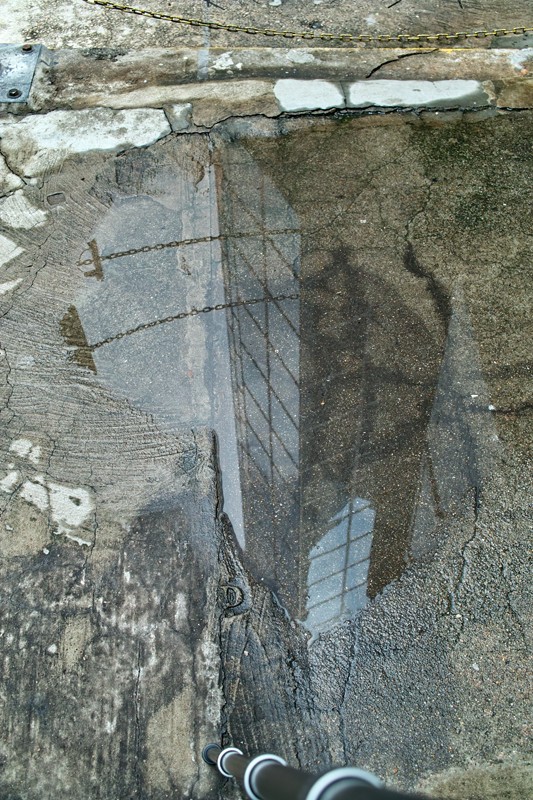
Puddle, JPG
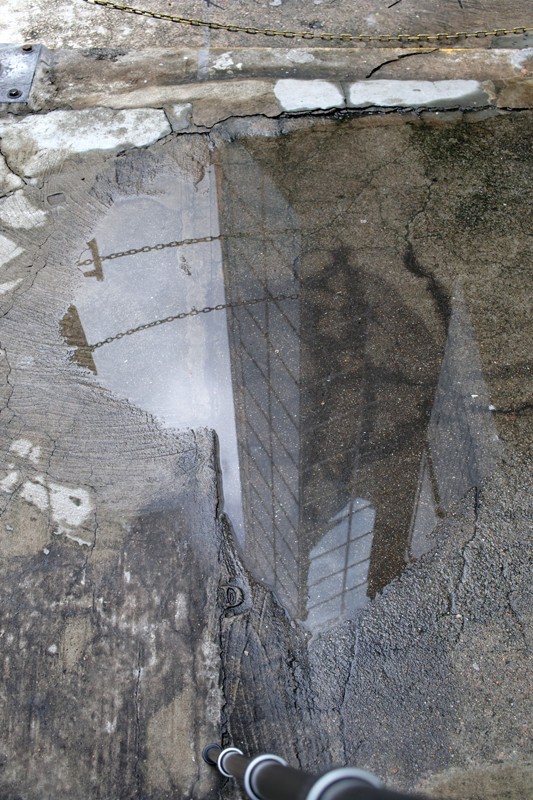
Bottles, RAW
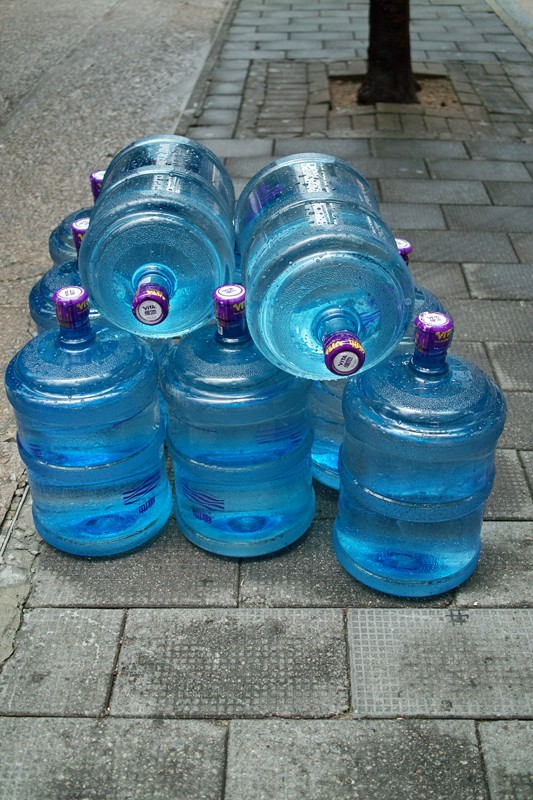
Bottles, JPG
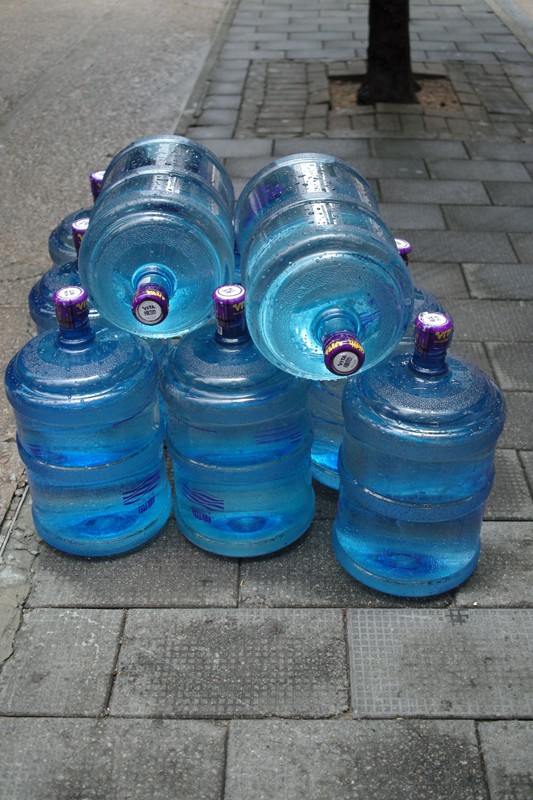
At first glance, and in these sizes, these photos may look similar, so I urge you to download the full-size photos if you're wavering between RAW and JPG. But that's all I'll do, is urge... I shoot RAW, so I really don't need the competition... please, shoot JPG... do me a favour.
Other photos that I took yesterday included trees. One of the things that impressed me when I was looking at DP2 images before I bought the camera was the definition of individual leaves. They are much more muted in JPG than RAW. If I find time, I’ll post an image of those later on.
For now, you get water… in bottles and on the sidewalk. Hopefully, you’ll forgive the tripod leg in the puddle photo -- it's there to point out the big "D" (for Don) just above it. That's your Seal of Authenticity.
Don
Ok, I'm waiting for artwork so I might as well do something constructive... here are the "tree" shots...
Trees, RAW
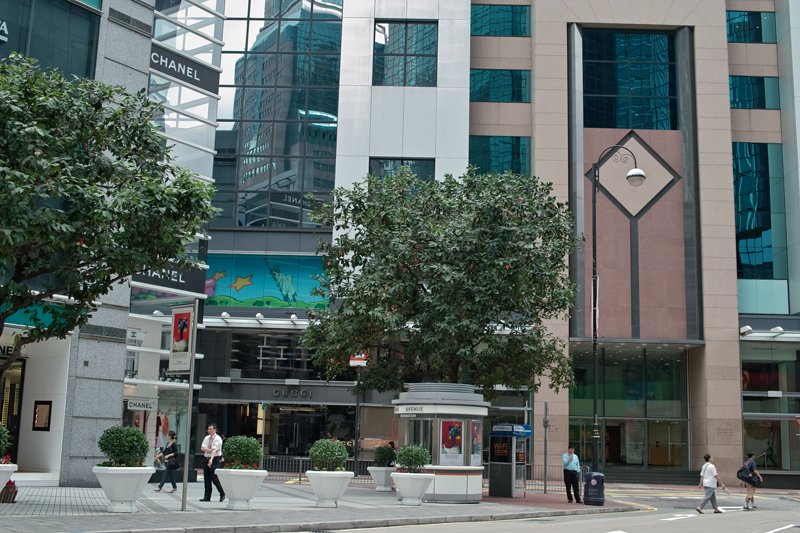
Trees, JPG
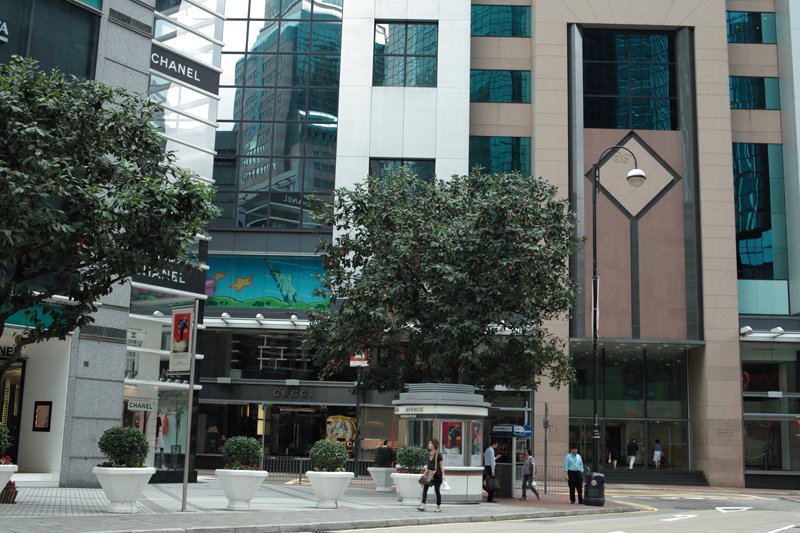
After you download the full-size files (by clicking on these two), take a look at the trees on the left and in the centre, at the bushes along the sidewalk, and at the glass above the Chanel sign.
Again, layering is more effective than side-by-side comparison in revealing subtle differences.
I’m not in the business of doing photo tests, especially since I shoot RAW on every camera I have that does RAW… which is all of them. But I have heard some people say they thought JPG was pretty good, so today at lunch I took a few photos.
I’ll post two images for now, but I’ve taken others that show the difference between RAW and JPG is substantial – and lead me to the conclusion that if you bought a DP2 for image quality, you need to be shooting RAW.
Click on these images to download JPGs saved at 90% quality. The best way to do a comparison is to layer the JPG on top of the RAW in Photoshop (or any program that supports layers). Then click the top layer on and off to see the difference as you move around the image.
How I processed: I converted the RAWs to TIFs using Auto in SSP 3.5. Then I brought both TIF and JPG into Photoshop CS4 and hit Auto-Contrast. In the case of the Puddle, I set the white balance for both images. I didn’t sharpen anything.
I’ve named the files so they’re pretty easy to identify once you’ve downloaded them.
Puddle, RAW

Puddle, JPG

Bottles, RAW

Bottles, JPG

At first glance, and in these sizes, these photos may look similar, so I urge you to download the full-size photos if you're wavering between RAW and JPG. But that's all I'll do, is urge... I shoot RAW, so I really don't need the competition... please, shoot JPG... do me a favour.
Other photos that I took yesterday included trees. One of the things that impressed me when I was looking at DP2 images before I bought the camera was the definition of individual leaves. They are much more muted in JPG than RAW. If I find time, I’ll post an image of those later on.
For now, you get water… in bottles and on the sidewalk. Hopefully, you’ll forgive the tripod leg in the puddle photo -- it's there to point out the big "D" (for Don) just above it. That's your Seal of Authenticity.
Don
Ok, I'm waiting for artwork so I might as well do something constructive... here are the "tree" shots...
Trees, RAW

Trees, JPG

After you download the full-size files (by clicking on these two), take a look at the trees on the left and in the centre, at the bushes along the sidewalk, and at the glass above the Chanel sign.
Again, layering is more effective than side-by-side comparison in revealing subtle differences.
Last edited:
